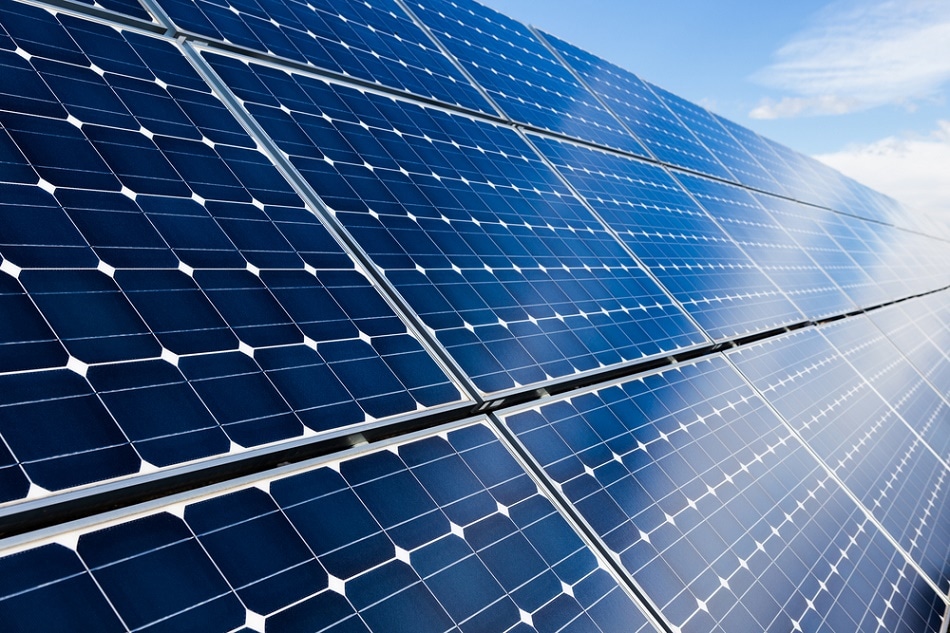Nov 16 2016
 VioNet/Shutterstock.com
VioNet/Shutterstock.com
Natcore Technology Inc. has announced that it has increased the conversion efficiency of its latest demonstration solar cell to 19.4% by lowering the resistance from laser-formed contacts.
The laser-formed base contact is a key element of the Natcore Foil Cell™, which is an all-back-contact cell. The performance of Natcore’s demonstration cells has been limited by the higher resistance at the laser-formed base contact and damage from the laser process.
Therefore, improving the laser-formed base contact has been a key focus of Natcore’s research program. The researchers at Natcore have developed a new laser-based contacting process that can address these issues.
Despite only a few runs with this new structure, the efficiency of the device has already improved by nearly two absolute percent since June, when Natcore announced a conversion efficiency of 17.5%. In 2015, the efficiency demonstrated by early proof-of-concept cells was 4%. With 17.5% efficiency, Natcore’s cells were comparable to typical commercially available cells.
In addition, cells from this new approach exhibit an open-circuit voltage (Voc) of nearly 0.7 V, indicating the potential of considerably higher efficiencies.
“Considering the rapid achievement of these good results, prior even to serious optimization of this new approach, we expect to announce devices soon with efficiencies considerably over 20%,” says Dr. David Levy, Natcore’s Director of Research and Technology.
The work was carried out at Natcore’s R&D Center in Rochester, New York.
This breakthrough comes at a perfect time. Solar stocks are tumbling following Donald Trump’s election because of the perception that government support of the industry through subsidies and tax credits might be rolled back or eliminated. But while this perception may be negative for the solar manufacturing industry as a whole, it’s actually a very positive development for a solar R&D company like Natcore. Technology will be the key driver in the years ahead. With subsidies in place, solar manufacturers were under relatively little pressure to innovate, because the subsidies helped keep solar costs at a parity with energy from more traditional energy sources. But Natcore’s focus has always been to provide generational improvements in solar cell performance – significant increases in efficiencies and significant reduction in production costs. Our position, if these incentives were to disappear, could not be more advantageous, since cell manufacturers will be forced to consider our technology and to adopt it once available.
Chuck Provini, President and CEO, Natcore